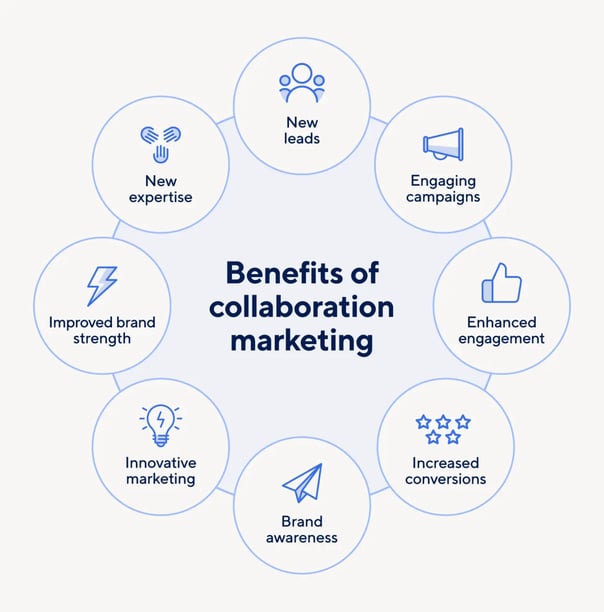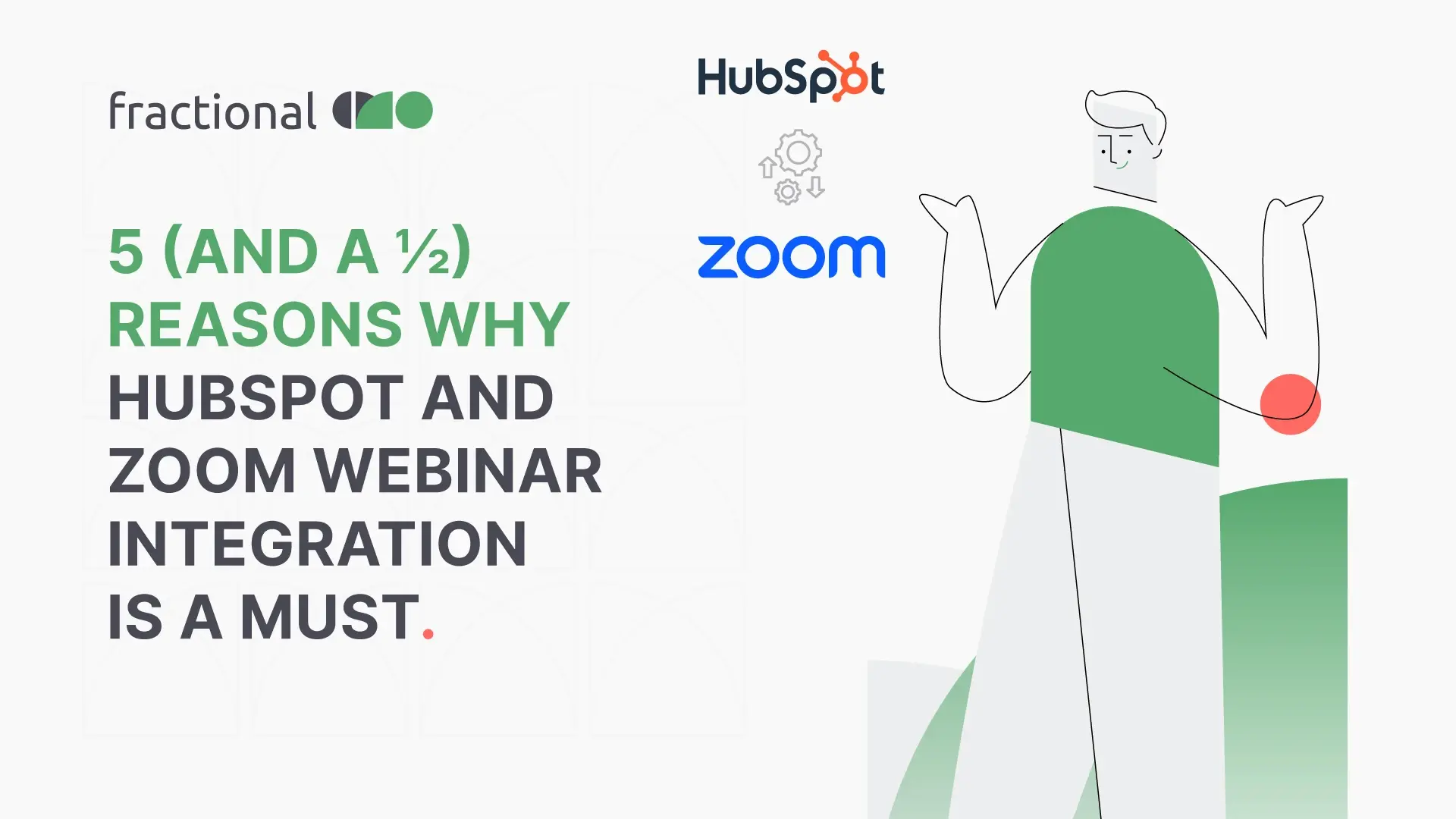Partnership Marketing Roadmap: From Brainstorm to Outreach

Introduction
Greetings, marketing enthusiasts and collaboration fans!
Ever wondered how two separate entities can join forces, creating a synergy that boosts revenue, enhances brand visibility, and captures the attention of prospects?
Well, that’s partnership marketing for you- a gateway to limitless growth!
In this “blog post”, we’ll take you on an insightful journey through the partnership marketing roadmap – from the wild brainstorming phase to the grand outreach plan and post-publication analysis.
What is partnership marketing?
According to Adobe, Partnership marketing, also called partner marketing, is a strategic collaboration between two parties — typically two businesses or a business and a public figure. That pretty much explains partnership marketing in layman’s terms. Let’s take a look at what it entails.
Benefits of Partner Marketing
In the dynamic landscape of business, the power of partnership marketing stands tall as a proven strategy cutting across diverse industries. Every collaboration, a unique blend of creativity and synergy, opens doors to a host of advantages.
As we traverse the partnership marketing roadmap, let’s highlight the key benefits that make this strategy a game-changer.
Exposure to new prospects
By teaming up and fostering partner relationships, your business gains entry into the curated audience of your partner. It’s like getting a golden ticket to a world of potential customers.
According to a study conducted by BPI Network, strategic partnerships can increase customer reach by up to 57%.
Expanded visibility significantly heightens your chances of turning your prospects into loyal customers, improving conversion rates by an average of 35% and retention by 42% while fostering substantial business growth.
source: Impact.com Report, 2022
Cost-Effective Marketing
Partnership marketing isn’t just about collaboration; it’s also an added catalyst in budget optimization. Imagine one business excelling in social media advertising and another in email campaigns. By combining forces, you harness the expertise of both!
This confluence not only stretches your marketing budget but also amplifies your capabilities. It's the art of doing more with less, creating impactful strategies that reach audiences across various platforms.
Reduced Risks
Starting something new can be like going on an adventure into unknown places. You don't really know what to expect, and it can feel a bit uncertain. However, when you collaborate with a brand that has already tasted success, you significantly minimize your risks. Learning from their journey, you can sidestep potential pitfalls and make informed decisions.
The idea is to take the steps with precaution while acquiring knowledge from your partners who are experienced enough to steer your growth in the right direction.
Greater Customer Trust
Trust is the cornerstone of any successful business relationship. When you partner with a brand renowned for its exceptional reputation, the trust it has garnered spills over to your business. Potential customers, familiar with your partner’s quality offerings, are more inclined to trust your brand. This affiliation acts as a seal of approval, enhancing your credibility and inspiring customer confidence.
You can check out this blog to learn more about how you can also leverage partnerships to amplify sales success and take a deep dive into the benefits of embracing the ‘partnership mindset’.
Partnership Marketing Roadmap
Collaborative marketing content creation is a dynamic process that involves multiple stakeholders working together to generate innovative ideas, create engaging content, and ensure successful publication. Here’s a step-by-step guide from ideation to publication of marketing content in a collaborative setting:
Ideation
1. Brainstorming Sessions: Gather a diverse group of team members, including marketers, designers, writers, and subject matter experts. Encourage open discussions and creative brainstorming sessions to generate a pool of ideas.
2. Research and Analysis: Conduct market research and competitor analysis to identify trends, customer preferences, and gaps in the market. This information can help refine and validate your brainstormed ideas.
Planning
1. Define Objectives: Clearly outline the goals of your collaborative marketing campaign. Are you aiming to increase brand awareness, drive website traffic, or boost sales? Specific goals will guide the content creation process.
2. Target Audience: Identify your target audience and understand their preferences, behaviors, and pain points. Tailor your content to resonate with this specific demographic.
3. Content Strategy: Develop a content strategy that aligns with your objectives and audience. Determine the types of content (blogs, videos, infographics, etc.) and the platforms (social media, website, email, etc.) you will utilize.
Content Creation
1. Divide Tasks: Assign specific tasks to team members based on their expertise. Writers can focus on creating compelling copy, designers can work on visuals, and marketers can strategize the distribution plan.
2. Regular Collaboration: Foster open communication and collaboration among team members. Regular meetings, updates, and feedback sessions ensure everyone is on the same page and the content aligns with the campaign goals.
3. Quality Control: Maintain tone, style, and branding consistency across all content pieces. Perform thorough quality checks to ensure accuracy and professionalism.
Review and Approval
1. Internal Review: Conduct an internal review where team members critically evaluate the content for accuracy, clarity, and alignment with the campaign goals. Make necessary revisions based on feedback.
2. Stakeholder Approval: Obtain approval from relevant stakeholders, such as managers, clients, or partners. Address any concerns or suggestions before moving forward.
Publication & Outreach
1. Content Scheduling: Develop a publishing schedule that optimizes the timing for your target audience. Use content management tools to schedule posts on various platforms.
2. Multi-Channel Distribution: Publish the content across multiple channels, including your website, social media platforms, email newsletters, and partner websites. Adapt the content format as necessary for each channel.
3. Engagement and Response: Monitor the audience’s response to the published content. Respond promptly to comments, questions, and feedback to enhance engagement and build relationships.
Analysis and Optimization
1. Performance Analysis: Utilize analytics tools to measure the performance of your content. Track metrics such as website traffic, social media engagement, click-through rates, and conversion rates.
2. Feedback Integration: Gather feedback from the audience and internal stakeholders. Analyze this feedback to understand what worked well and what could be improved in future collaborative marketing efforts.
3. Optimization: Based on the analysis and feedback, optimize your future content creation strategies. Identify successful elements and replicate them while addressing any weaknesses to enhance overall effectiveness.
Remember, collaboration and adaptability are key in collaborative marketing content creation. Stay open to new ideas, be willing to iterate and refine your strategies, and celebrate the successes achieved through effective teamwork and creativity.
Collaborative marketing success stories from the real world
Starbucks and Spotify
Starbucks and Spotify collaborated to enhance the in-store music experience for customers. Starbucks employees received Spotify Premium memberships, and they could influence the playlists played in stores. Additionally, customers could discover and save Starbucks' playlists on Spotify, creating a unique music partnership that benefited both brands.
Nike and Apple
Nike and Apple collaborated on the development of the Nike+ app, which syncs with Apple devices to track users' runs and workouts. This partnership combined Nike's expertise in sports and athletics with Apple's technology, creating a compelling fitness experience for consumers.
Wrapping Up
To sum it all up, we broke down the journey of collaborative marketing content creation from ideation to outreach into small easy to digest bits, while shedding light on how partnership marketing can help transform businesses by enabling greater visibility, increasing customer outreach potential, and fostering trust, doubling your marketing efforts in a collaborative setting.
If you're looking to jazz up your revenue generation strategies, consider diving into partnerships and exploring marketing content creation alongside us. Join us as a trusted partner at fractional CMO, where we excel at navigating you on enhancing your MarTech capacity through seamless integration, automation, and implementation via our productive partnerships.










